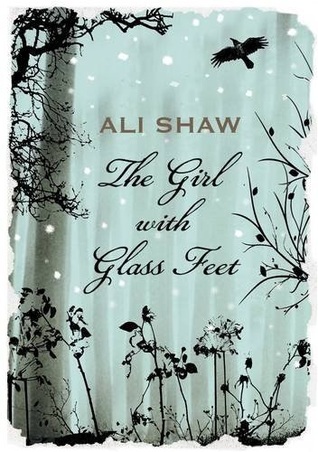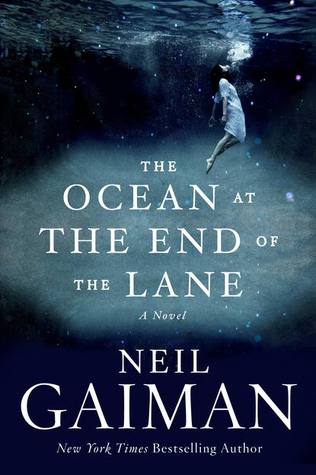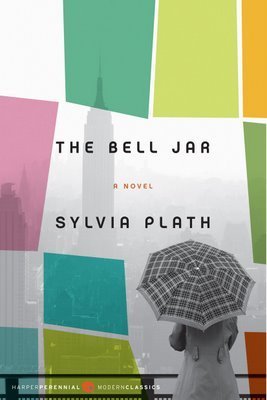 The King killed my canary today. Now, I know full well that the customary way to begin such a tale as mine is: "Once upon a time, when wishes still came true, there lived a poor orphan Goose Girl," or some such fiddle-faddle. But what do I care for custom? 'Tis my own story I am telling and I will tell it as I please.
The King killed my canary today. Now, I know full well that the customary way to begin such a tale as mine is: "Once upon a time, when wishes still came true, there lived a poor orphan Goose Girl," or some such fiddle-faddle. But what do I care for custom? 'Tis my own story I am telling and I will tell it as I please. "Her name is Alexandria Aurora Fortunato, and she is as lovely as the dawn. But that is only one of her problems. There’s also the matter of those three magical gifts of treasure bestowed on her by a mysterious old woman. And King Claudio the Cruel wants to marry her for her beauty and her wealth, and so does his rival, Prince Edmund of Dorloo. Those are two more problems. And, worst of all, she is locked in a tower, with a grille of iron bars and several hundred tons of stone between her and freedom. Some days Alexandria wishes she looked like a pickled onion. Clearly the only thing to do is escape — and, with the aid of her twelve darling goose companions, that’s precisely what Alexandria does. So begins the adventure of Patrice Kindl’s beguiling heroine. Her flight will take her to strange lands and lead her into perilous situations, all of which the plucky Alexandria views with a wry and witty spirit. Here is a sprightly tale of magic and romance, in which those geese play a most surprising role."
Goose Chase is a very easy but entertaining fairy tale, first published in 2001. It is a spin-off of "The Goose Girl" and in it, we have a very young woman (she is fourteen) who does not wish to marry and must escape. King Claudio is, true to his name, cruel, and his first two wives died mysteriously. Prince Edmund, who is "somewhat less intelligent than a clod of dirt" would be better, but still awful. So you see, the only alternative is to flee. But how? Besides The Goose Girl, elements of Rapunzel are present too; at the beginning Alexandria is imprisoned in a tower, and her long golden hair grows and shrinks upon command, proving very useful on several occasions. (And harmful).
I love fairy tale retellings, and this was a good one. The writing mimics an older style, using the words 'tis, 'twas, trow, and more. It was a bit inconsistent at times, but I still enjoyed reading it. Most fairy tale retellings are written in a modern style; not so with this one. Alexandria narrates confidently in her own distinctive voice.
Also in most fairy tales, there are talking animals. In Goose Chase, the geese don't talk, but they are incredibly intelligent, and they understand perfectly well what Alexandria says to them. They also have a will of their own, and although they want to help Alexandria, they'll do it in their own manner. The way that they help rescue her from the tower is pretty funny. It involves several mattresses.
I really loved the story itself. All of the events were really entertaining to read about, particularly Alexandria's back-and-forth with the idiotic prince. He grows on you, and he is not as stupid as he might first seem. He's just kind of awkward and bumbling, but very lovable. The way he talks is really funny too, and he does actually offer some good suggestions.
I raced through Goose Chase, mainly because of how short and easy it is, but also because it was a very absorbing read. I wanted to find out what would happen, and there was a mystery aspect too, which I kind of guessed at. Alexandria's name was too elaborate for a simple Goose Girl, and I thought that there must be something more to her.
The only other book I've read of Patrice Kindl's is Keeping the Castle. I enjoyed it, but it wasn't great. Goose Chase certainly wasn't great either, but I enjoyed it more. Keeping the Castle had Austentatious pretensions which it failed to meet; Goose Chase is just a lovable, easy romp through a fairy-tale kingdom. I would definitely recommend it for younger readers, although the older style language might be a bit difficult for them. The book was entertaining and light, good for an hour or two.
214 pages.
Rating: 3.5 stars.
















